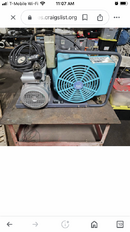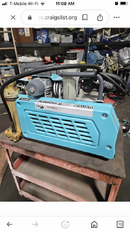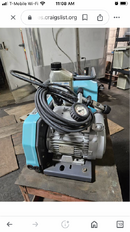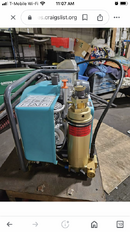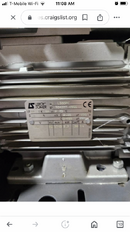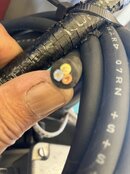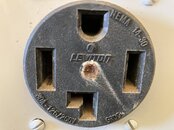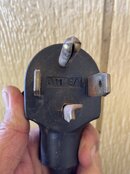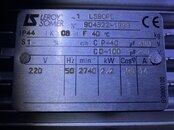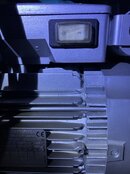Recently pick up a Bauer Junior 2. I like to hook this up to my home (outdoors)
I have a few questions- I need an outlet plug, do I have a single phase or 3 phase unit? Will it work with my 240v dryer outlet?
It was made in 1999 when I do an oil change do I need to stick with mineral type oil or can I use synthetic? I read some where that the 225 Bar version can be adjusted up to 5000psi. Is this something anyone can do or does it need to be done at Bauer?
TIA! for any information to get me started.
I have a few questions- I need an outlet plug, do I have a single phase or 3 phase unit? Will it work with my 240v dryer outlet?
It was made in 1999 when I do an oil change do I need to stick with mineral type oil or can I use synthetic? I read some where that the 225 Bar version can be adjusted up to 5000psi. Is this something anyone can do or does it need to be done at Bauer?
TIA! for any information to get me started.




